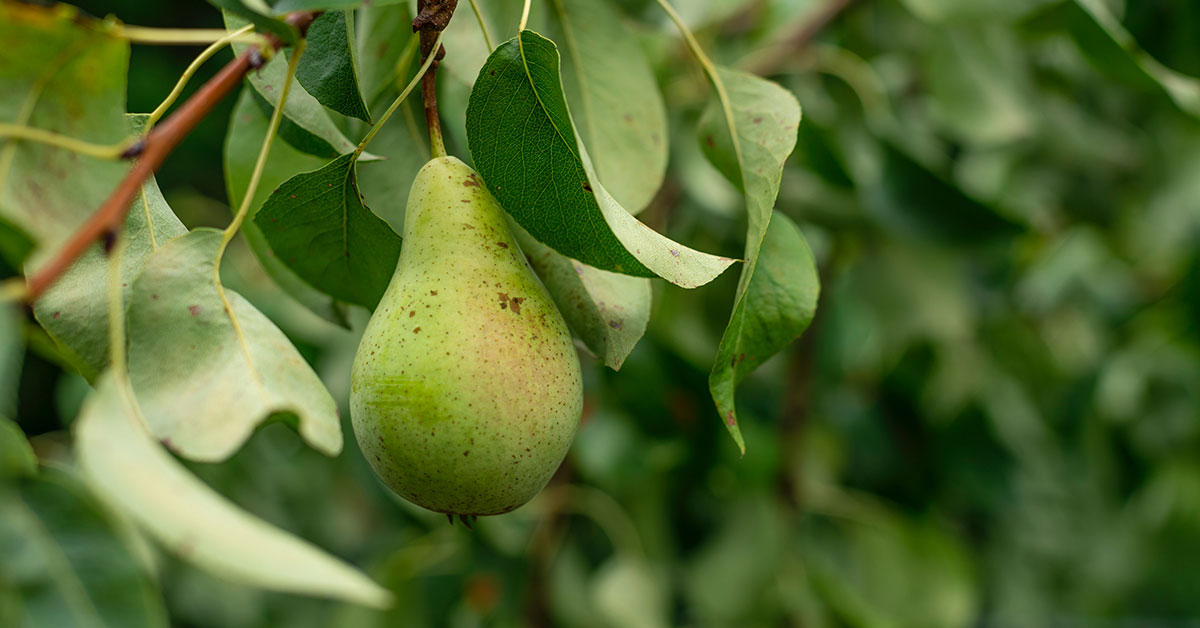Harvesting pears at the right time is crucial to ensure their optimal flavor, texture, and overall quality. Pears are unique fruits that do not ripen on the tree, making it essential for gardeners and orchard owners to determine the perfect moment to pick them. With their delicate balance between sweetness and acidity, knowing when to harvest pears can be a bit of a challenge.
In this article, we will explore the various factors to consider, including color, firmness, and taste, to help you determine the ideal time to harvest your pears and enjoy their delectable goodness.
When to Harvest Pears
The exact timing for harvesting pears can vary depending on the specific variety of pear and the growing conditions. However, there are a few general guidelines to follow:
- Check for maturity: Pears should be harvested when they have reached their mature size and have developed their characteristic color. This can vary depending on the variety, but most pears are ready to harvest when they have turned from green to yellow or brownish-yellow.
- Perform the “Twist Test”: Gently twist a pear from its branch. If it comes off easily with a slight twist, it is likely ripe and ready to harvest. If it requires a lot of force or does not come off at all, it is not yet ready.
- Check the firmness: Gently press your thumb near the stem end of the pear. If it gives slightly to gentle pressure, it is likely ripe and ready to harvest. If it feels very firm, it may need more time on the tree.
- Harvest before fully ripe: Pears are typically harvested before they are fully ripe. They will continue to ripen off the tree, so it’s best to harvest them when they are slightly underripe to avoid them becoming mushy or overripe.
It’s important to note that pears can ripen at different rates, so it’s a good idea to check your pear tree regularly and harvest the fruits individually as they become ready.
Signs Your Pears Are Ready to Be Harvested
There are a few signs to look for when determining if pears are ready to be harvested:
- Color: Pears will change color as they ripen. Depending on the variety, they may turn from green to yellow, brown, or red. Check the specific color requirements for the variety you are growing.
- Firmness: Gently press the pear near the stem. If it gives slightly and feels soft, it is likely ripe. However, avoid pressing too hard as it may bruise the fruit.
- Stem detachment: Pears are usually ready to be harvested when they easily detach from the tree with a gentle twist or when the stem breaks away from the branch when lifted.
- Taste test: If you’re unsure, you can pick one pear and taste it. If it has a sweet and juicy flavor, it’s likely ready for harvest.
Remember that pears are typically harvested when they are mature but still firm, as they will continue to ripen off the tree. If left on the tree for too long, they may become overripe and mushy.
Signs Your Pears Aren’t Ripe Yet
There are a few signs that pears are not yet ripe and should not be harvested:
- Firmness: If the pears are still hard when gently squeezed, they are not yet ripe. Ripe pears should give in slightly when pressed.
- Color: Unripe pears are usually green, so if the pears are still predominantly green and have not developed their characteristic color (which varies depending on the variety), they are not ready to be harvested.
- Stem attachment: The stem of an unripe pear will not easily detach from the branch. If the stem does not come off easily with a gentle twist, it’s an indication that the pear is not yet ripe.
- Taste and aroma: Unripe pears will have a bland or starchy taste and lack the sweet, juicy flavor that ripe pears possess. Additionally, unripe pears may not have a distinct aroma.
It’s important to note that pears are typically harvested when they are still firm and ripen off the tree. So, if the pears show any of these signs, it’s best to leave them on the tree until they reach maturity.













